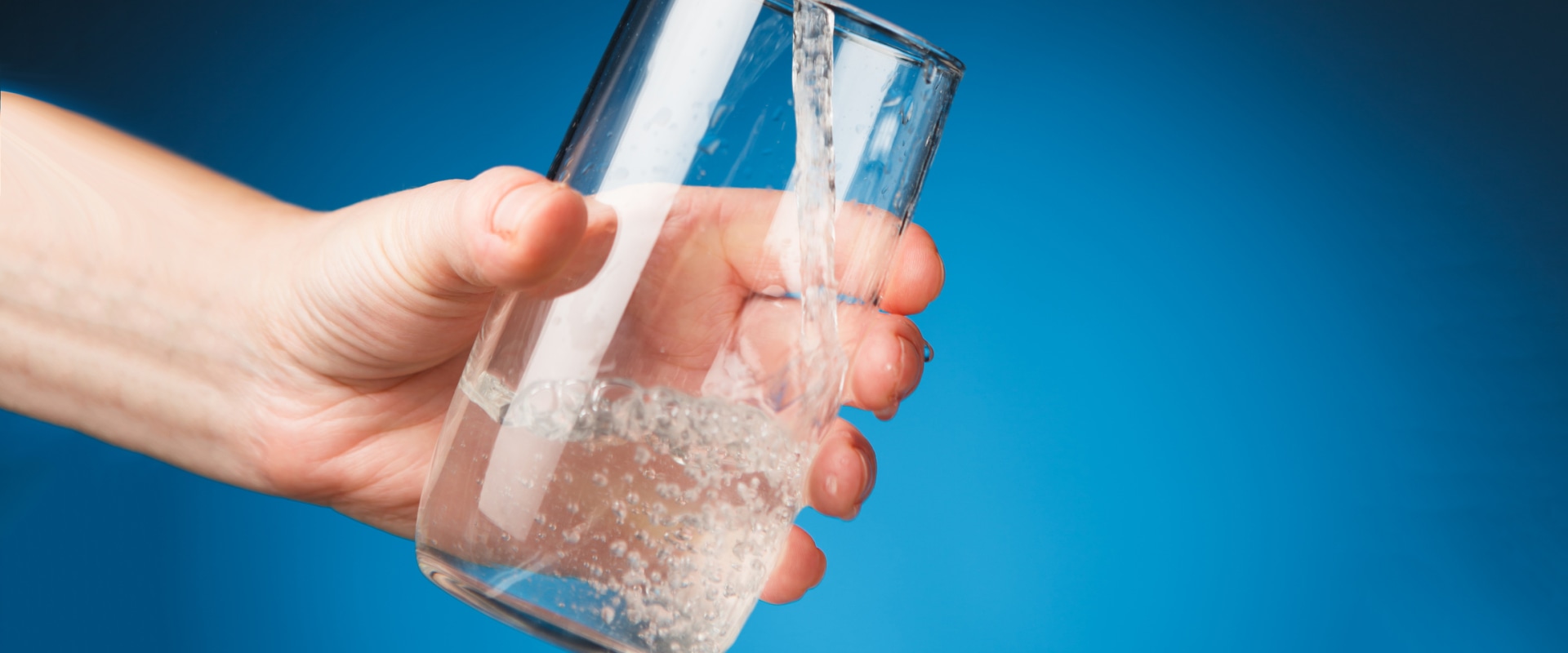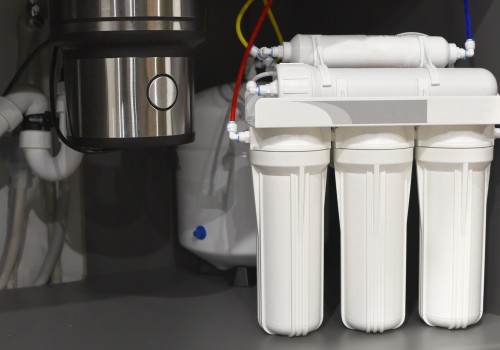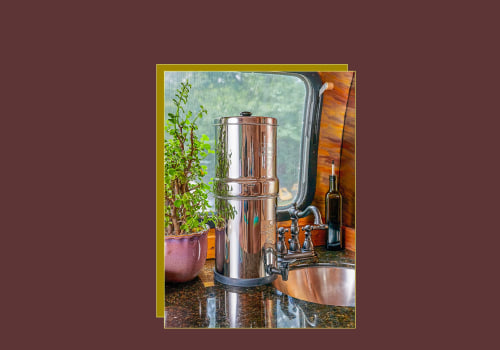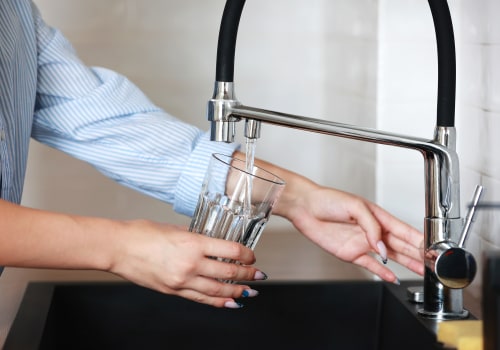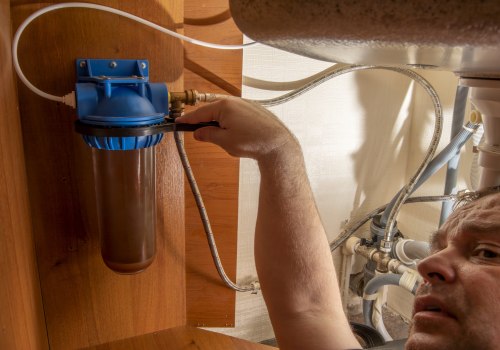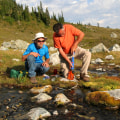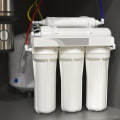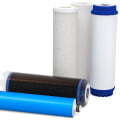Water is an essential part of life, and it's important to understand how it is naturally filtered. In nature, water seeps through layers of soil, sand, rock and other natural materials such as leaves. This process helps reduce the amount of artificial treatment needed to filter water, and also helps prevent floods. Kids can learn about the water cycle and build their own water filter with common materials found in the house or outside.
The Earth naturally filters water as it is absorbed by soil aquifers. Unfortunately, due to pollution, such as lawn care products, household chemicals, and fertilizers, groundwater can become contaminated and not drinkable. The purification of water in liquid form ultimately depends on natural filtration, chemical absorption and adsorption by soil particles and organic matter, the absorption of nutrients by living organisms, and the decay processes of living organisms in soil and water environments. Reverse osmosis (RO) filters remove PFAS or chemicals “forever” from water, as well as contaminants such as metal ions and aqueous salts.
Microorganisms in soils, wetlands and coastal areas use or break down numerous chemical and biological contaminants in water. Children can build several water filters with different materials to determine which materials filter dirty water into clean water. It also provides minerals that have been removed from drinking water due to both public water filtration and domestic filtration. Minerals such as Maifan stone not only remove mercury, lead, calcium and other heavy metals from water, but they also add nutrients to drinking water.
Coconut shells, whether used commercially or in a filter system you can make yourself, trap most particles, toxins, and parasites, including cryptosporidium and giardia. Soils, especially in wetland and riverine areas, together with vegetation and microorganisms play a very important role in the natural purification of water. The team has launched an open source website with guidelines for designing and manufacturing xylem filters from various types of trees. If you use charcoal at home, be sure to buy hard charcoal and wash it thoroughly before purifying the water.
The water flows through a 1-meter-long tube, through a xylem filter and exits through a nozzle controlled by a valve. Based on their feedback, the team developed a prototype of a simple filtration system, equipped with replaceable xylem filters that purified water at a rate of one liter per hour. They also developed simple techniques to extend the life of the filters, which allowed the woody discs to purify water after being stored in dry form for at least two years. As part of the experiment, children can test different materials to determine which ones produce the cleanest water.
